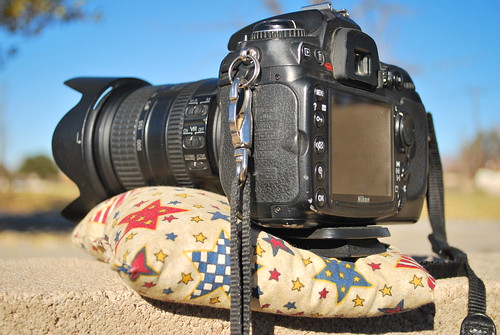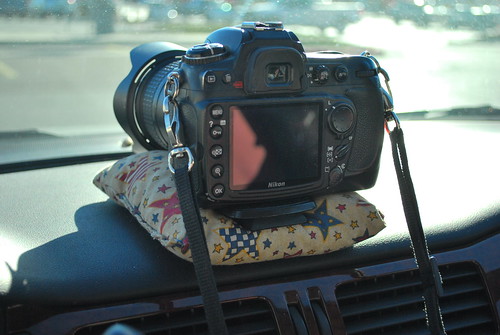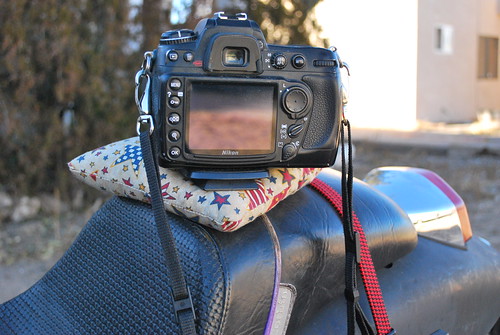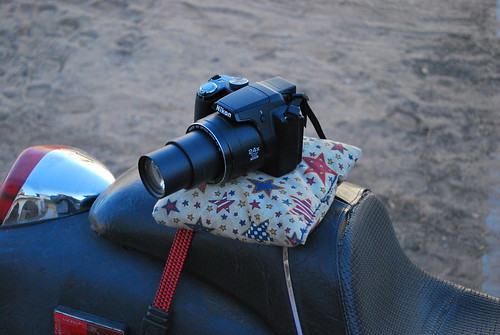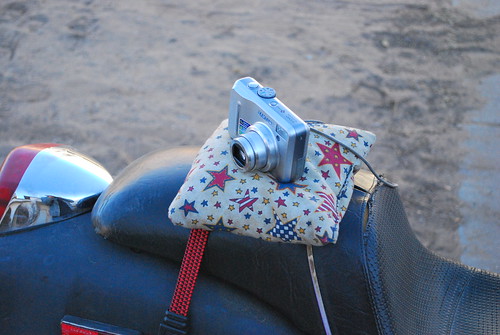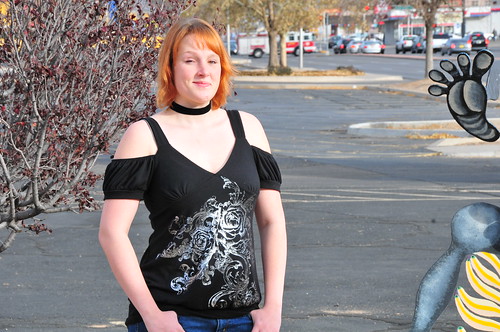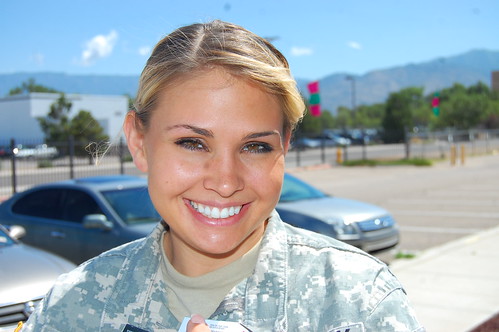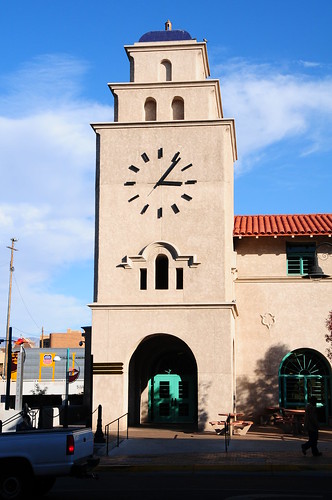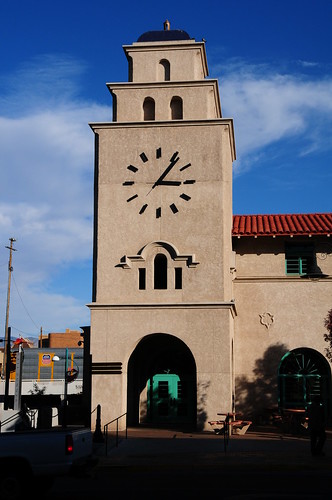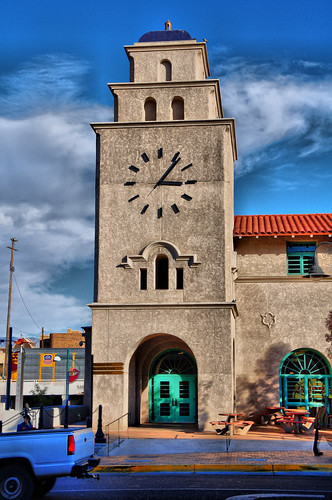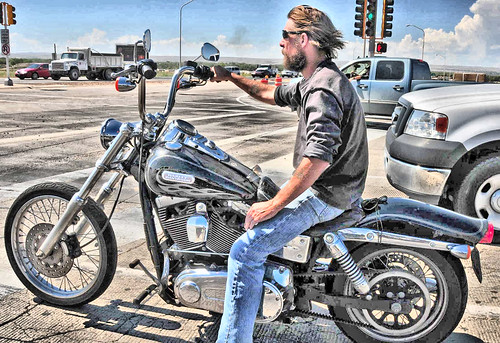Four months since my last update... so much for the resolution to make a post a week.
I like High Dynamic Range images (HDRi.) I've read many pro's and con's about it and really don't care about them. I like it so I'm going to play with it.
HDR is taking multiple images (three to seven) at different exposer settings to get a wide range of light then layering them on top of each other and tone mapping the image. There is a way to do it in PhotoShop and Stuck in Customs has a good tutorial on how to do it. There are several other programs that do most of the work for you, all you have to do is some tone mapping. I use Dynamic Photo HDR. It's an inexpensive HDR program and is very easy to use.
I am told the concept came from photographing the inside of cathedrals and was used to capture the entire range of light. If a photographer set the exposure to get the light from the stained glass windows the rest of the room would be too dark in the shadows. If the exposure were set to light the entire room, the light from the windows would be blown out. So the concept is getting multiple exposures then layering them to get the entire range of light in one image. I'm sure that's an oversimplification of the concept, but it should be easy enough to understand.
Here is an example of using three frames at 0 ev, +1 ev and -1 ev.
This is the Albuquerque train station at Central and 1st ST, downtown.
0 EV Here you can see the front of the building is properly exposed, but the door and windows are dark.
+1 EV Over exposed by one step you can see the building is washed out, but the inside of the door and around the windows is properly exposed.
-1 EV Underexposed by one step you can see everything is dark. This layer will be to bring the highlights back to normal.
In each frame you can see the shadows and highlights look different. Now let's see what happens when they are layered onto each other.
You can see in this photo how the shadows in the door are now lit and the face of the building isn't blown out.
The easiest way to get the photo's is to use a camera that has an exposure bracketing mode. I've tried to do it with a camera that doesn't have bracketing and a tripod, but the results were three photo's that didn't quite match because the camera moved too much when I manually changed the EV for the three shots. Something I have found is if the shutter speed is fast enough I can take the photo's by hand holding my camera and setting the release mode to continuous advance.
Here's another interesting facet of HDR; you don't always need more than one frame. Here's a faux HDR photo of my brother using one frame and tone mapping (I get heavy handed with the tone mapping.)
HDRi has it's critics and isn't for everyone, but for those who do like it I hope this little post helps.

